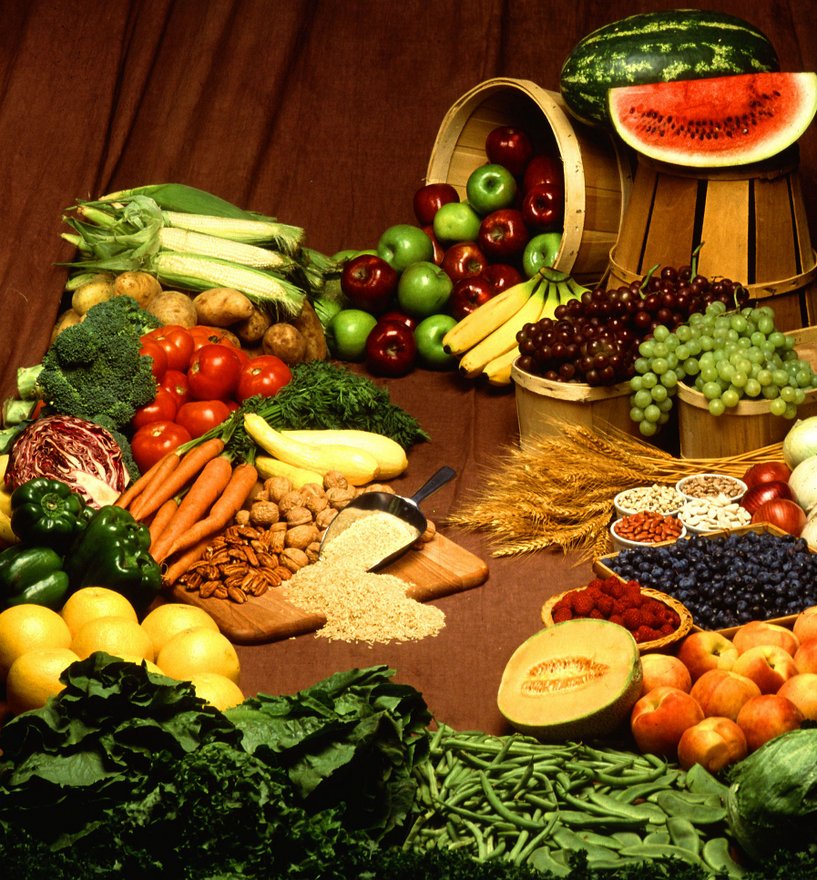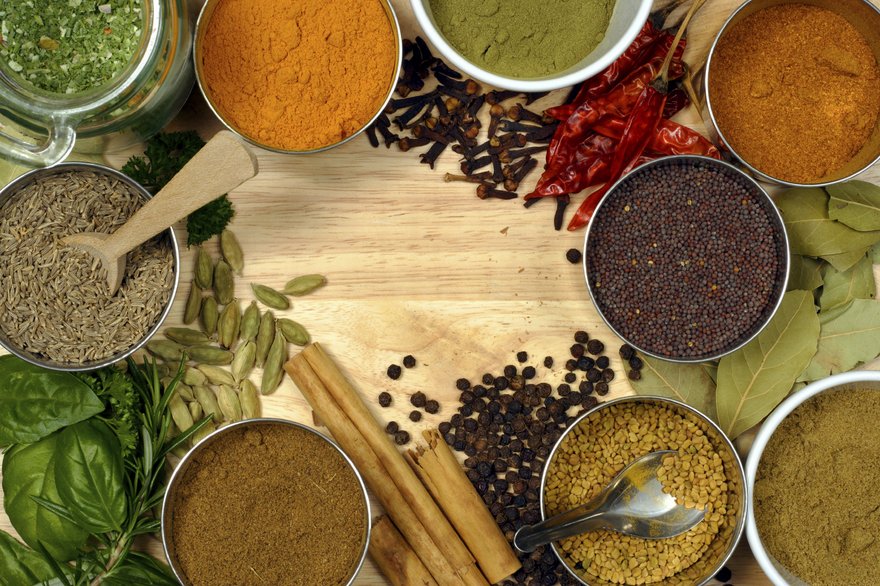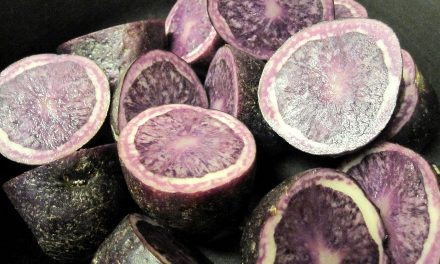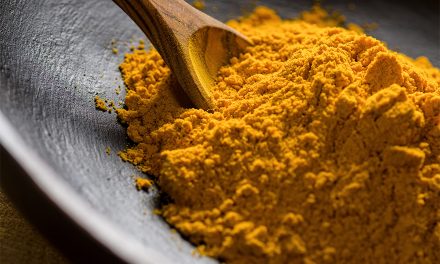In Ayurveda, the need to evolve and experience greater wellness is called Sattva. It is the quality of love, light and life. Sattva is a Sanskrit word denoting purity or sanctity in body and soul.
The food that one eats is also an important aspect of our wellness. What we eat, not only affects our physical wellbeing, but also our very feelings and thoughts. Food is not bracketed as proteins, carbohydrates or fat but classified into three types, namely Sattvic, Rajasic and Tamasic, based on its distinct character and the corresponding impact of consumption on the body and the mind.
[wp_ad_camp_1]
In fact one can know the nature or temperament of a person by gauging his food preference. So how does one know which the best and what to choose? As the name suggests Sattvic meals are supposed to be the ultimate food for the body and mind. They comprise of high prana foods, which means that this kind of a diet is one that promotes a high life state and is complementary to the system.
According to the percepts of both Ayurveda and Yoga, the diet is strong in the Sattva guna. This is the best kind of diet as it keeps our mind clear and enables peace and enables us to tap into our higher consciousness. A proper balanced diet lets the body to digest food completely and extracts the subtle ojas or the essential life energy that enables our cells to encounter the cellular equivalence of bliss.
Often known as a yoga diet or sentient diet, Sattvic food is supposed to be spiritual in nature, innately stirring up body balance. They are light and easy to digest. Such food is always freshly cooked and simple, juicy and light.
This how deep Sattvic food can impact our being. Sattvic food is usually nourishing, unctuous and increases the bodily energy, thus being very favorable for good health. Such a diet also increases clarity, perception and equanimity (upeksha) of the mind. They are also said to bring forth compassion and love in a human being while also promoting traits like forgiveness, empathy and austerity. Eating such meals will make one content, serene and eternally happy.
It is a pure vegetarian diet and involves no consumption of meat or eggs. Following this diet also means refraining from tea, coffee, tobacco and alcohol. Sattvic food can be categorized into dairy, grains, lentils, spices, fruits and vegetables. Dairy is an essential part of the Sattvic diet. Under dairy there are products like organic unpasteurized and non-homogenized milk and its numerous derivatives like ghee or clarified butter, fresh homemade yoghurt, butter, cream, cottage cheese or paneer, cheese, cream cheese, butter milk etc.
Grains comprises of various cereals, barley, wheat, rice, tapioca, blue corn and others. Lentils and pulses including kidney beans, lima beans, yellow lentils, moong dal or green grams, sprouts are popularly used in meal preparation. Fresh ripe fruits like mangoes, peaches, pears, pomegranate, coconut, plantains as well as figs, almonds, dates fall under Sattvic foods. Fruit juices are equally good for our body.
Sattvic vegetables include tomatoes, sweet potato, lettuce, parsley, sprouts, yellow squash, and gourds among others. The spices generally used include sesame, cinnamon, coriander, fennel, cardamom, ginger, turmeric and such. Raw honey is also a part of this diet.
In fact the diet encourages sweet flavored food. Eating the right food is like a kitchen pharmacy of sorts, where what you eat automatically takes care of your wellbeing. This way one is safe from ailments and disorders. Sattvic food makes you feel light, energetic and enthusiastic.
To make it simpler, on a general level, a Sattvic meal focused on the following:
• Fresh produce for cooking. Organic is the best.
• Cooked food that is eaten within 3-4 hours can be considered Sattvic.
• Light and soothing items that can be easily assimilated and digested.
• Drinking lots of water, especially spring water.
• Moderate proportions of helpings. Overindulgence breeds lethargy while under eating hampers proper nourishment.
• A balance of six tastes – sweet, sour, salty, pungent, bitter and astringent.
Sticking to these basic rules and using a blend of Sattvic ingredients is very beneficial for our body. It’s not just the right kind of food but also the right quantity. Our timings are important and irregularity in meal times can disrupt the natural rhythm of the body. Hence, it’s of prime importance to eat food at the same time every day and at regular intervals.
A Sattvic diet is great for detoxifying and completely recharges the body and mind. One can also avoid digestion issues, constipation, bowel disorders, gastric, ulcers and other diseases by religiously following such a diet. At the end of the day this nutritional regime helps one to achieve two goals: chitta vritti nirodha, the calming of the mind, and anushasanam, the controlling of a person’s subtle nature.
Pure foods have life-enhancing qualities such as self-determination, strength, courage and energy. Thus, for yoga practitioners too, this diet is very popular and is highly recommended.
There are many interesting facets to cooking a proper meal. It is the most obvious way to transform the nature of food. Grains become Sattvic only after cooking. Honey on the other hand becomes Tamasic with cooking so raw honey is prescribed as the ideal.
The nature can also change by while mixing with other foods and spices, or if preserved for a period of time. Generally grains should be aged a bit. This way they enhance their Sattvic nature but of course, fruits shouldn’t as they rot and become Tamasic. With this one can easily change the food habits. Once the food habits are altered even the thinking gets altered and becomes positive.
A system of Sattvic meal plans is a nutritional approach for optimizing health and attaining higher consciousness through the consumption of fresh, whole foods. It doesn’t get better than this!
“When diet is wrong medicine is of no use. When diet is correct medicine is of no need.” – Ancient Ayurveda Proverb












